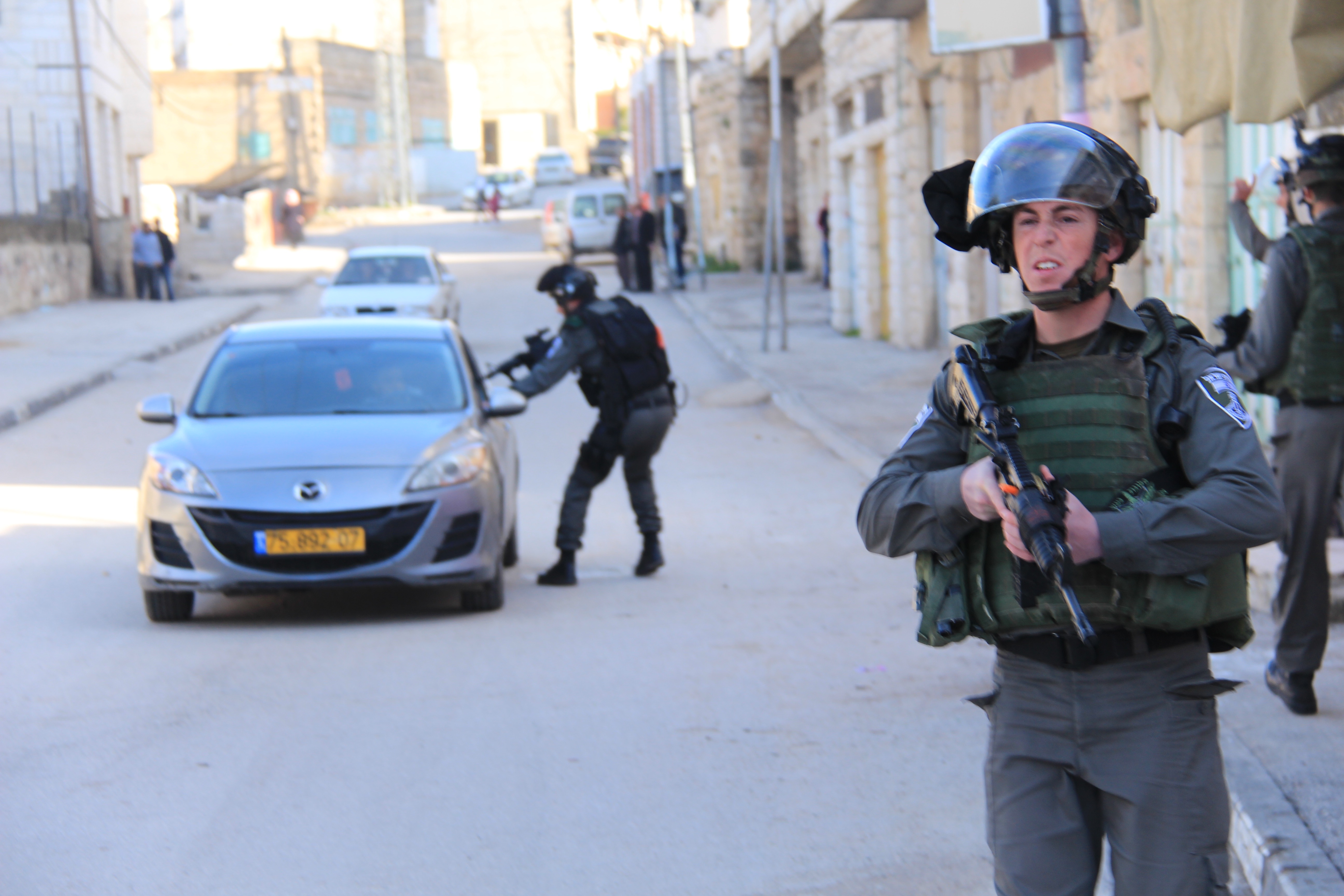Category: Journals
-
No matter who wins the US Presidential election, Palestine has already lost
3rd October 2016 | International Solidarity Movement, al-Khalil team | Hebron, occupied Palestine One week ago, the United States and much of the world turned on their televisions to tune into the 2016 Presidential debate. Advertised as the most anticipated debate in a generation, millions watched as Democrat Hillary Clinton sparred off against Republican Donald…
-
Reduced to a number – robbing Palestinians of their humanity
25th September 2016 | International Solidarity Movement, al-Khalil team | Hebron, occupied Palestine Palestinians in the closed military zone in occupied al-Khalil (Hebron) are reduced to a mere number. Imagine ‘loosing’ your identity to a foreign occupying army not only taking your land, but attempting to take your personality, your identity, your whole existence; reducing…
-
First day in Al-Khalil
6th September 2016 | International Solidarity Movement, al-Khalil team | Hebron, occupied Palestine Today was my first full day as an ISM’er in Al-Khalil (Hebron). A regular part of our work is to monitor Israeli checkpoints beside schools in the mornings since the teachers ask for an international presence. Often there can be problems with…


